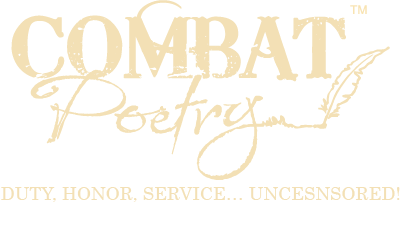@mittiebth0169027
Profile
Registered: 8 months, 1 week ago
Data Scraping vs. Data Mining: What is the Difference?
Data plays a critical position in modern resolution-making, enterprise intelligence, and automation. Two commonly used techniques for extracting and deciphering data are data scraping and data mining. Though they sound comparable and are sometimes confused, they serve totally different functions and operate through distinct processes. Understanding the distinction between these two might help businesses and analysts make higher use of their data strategies.
What Is Data Scraping?
Data scraping, sometimes referred to as web scraping, is the process of extracting particular data from websites or other digital sources. It's primarily a data collection method. The scraped data is often unstructured or semi-structured and comes from HTML pages, APIs, or files.
For instance, an organization could use data scraping tools to extract product costs from e-commerce websites to monitor competitors. Scraping tools mimic human browsing habits to gather information from web pages and save it in a structured format like a spreadsheet or database.
Typical tools for data scraping include Lovely Soup, Scrapy, and Selenium for Python. Companies use scraping to gather leads, gather market data, monitor brand mentions, or automate data entry processes.
What Is Data Mining?
Data mining, alternatively, entails analyzing massive volumes of data to discover patterns, correlations, and insights. It is a data evaluation process that takes structured data—often stored in databases or data warehouses—and applies algorithms to generate knowledge.
A retailer might use data mining to uncover shopping for patterns amongst prospects, corresponding to which products are often purchased together. These insights can then inform marketing strategies, stock management, and buyer service.
Data mining typically makes use of statistical models, machine learning algorithms, and artificial intelligence. Tools like RapidMiner, Weka, KNIME, and even Python libraries like Scikit-study are commonly used.
Key Differences Between Data Scraping and Data Mining
Purpose
Data scraping is about gathering data from external sources.
Data mining is about deciphering and analyzing current datasets to search out patterns or trends.
Input and Output
Scraping works with raw, unstructured data akin to HTML or PDF files and converts it into usable formats.
Mining works with structured data that has already been cleaned and organized.
Tools and Strategies
Scraping tools typically simulate person actions and parse web content.
Mining tools depend on data analysis methods like clustering, regression, and classification.
Stage in Data Workflow
Scraping is typically the first step in data acquisition.
Mining comes later, as soon as the data is collected and stored.
Complicatedity
Scraping is more about automation and extraction.
Mining entails mathematical modeling and might be more computationally intensive.
Use Cases in Enterprise
Companies typically use both data scraping and data mining as part of a broader data strategy. For instance, a enterprise may scrape customer evaluations from on-line platforms and then mine that data to detect sentiment trends. In finance, scraped stock data can be mined to predict market movements. In marketing, scraped social media data can reveal consumer habits when mined properly.
Legal and Ethical Considerations
While data mining typically uses data that companies already own or have rights to, data scraping typically ventures into gray areas. Websites may prohibit scraping through their terms of service, and scraping copyrighted or personal data can lead to legal issues. It’s vital to make sure scraping practices are ethical and compliant with rules like GDPR or CCPA.
Conclusion
Data scraping and data mining are complementary but fundamentally completely different techniques. Scraping focuses on extracting data from numerous sources, while mining digs into structured data to uncover hidden insights. Together, they empower companies to make data-pushed selections, however it's crucial to understand their roles, limitations, and ethical boundaries to use them effectively.
If you adored this post and you would certainly like to get even more details concerning AI Data Assistant kindly visit the internet site.
Website: https://datamam.com/data-assistant/
Forums
Topics Started: 0
Replies Created: 0
Forum Role: Participant
